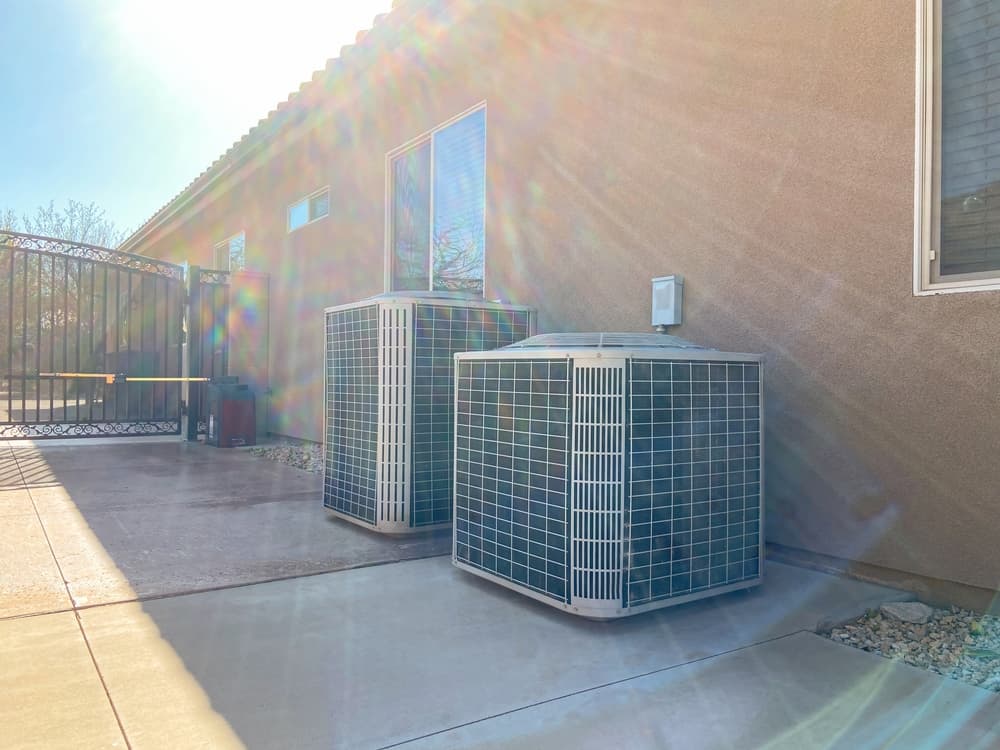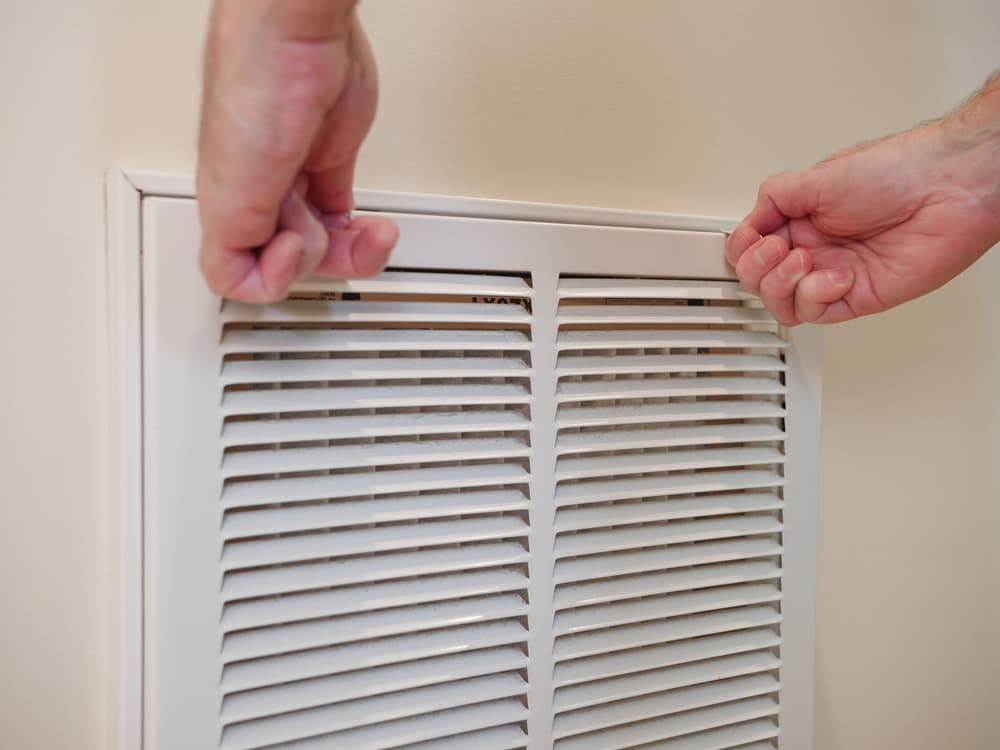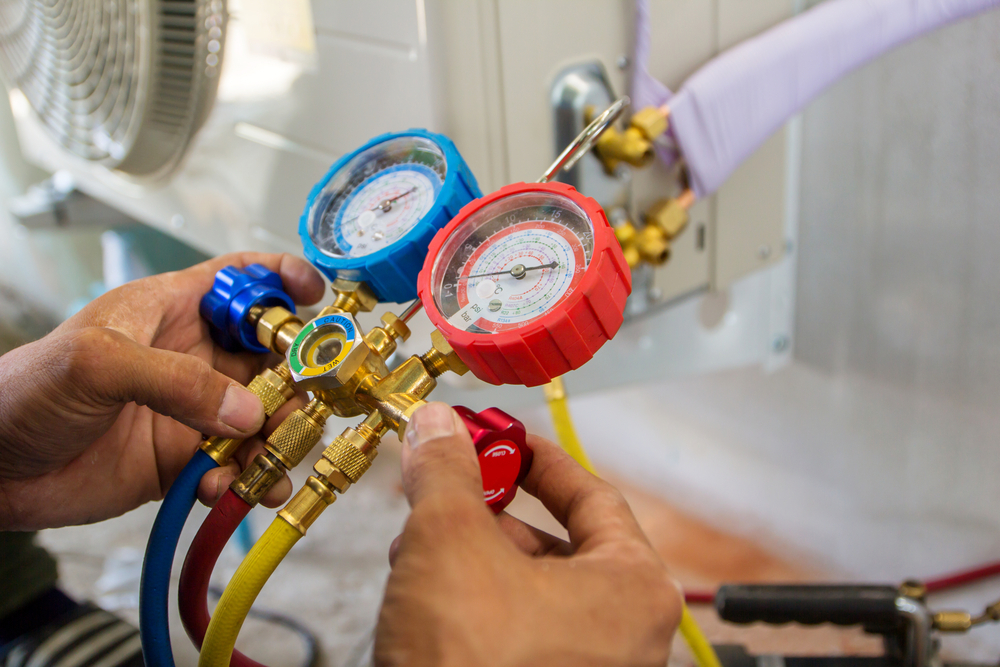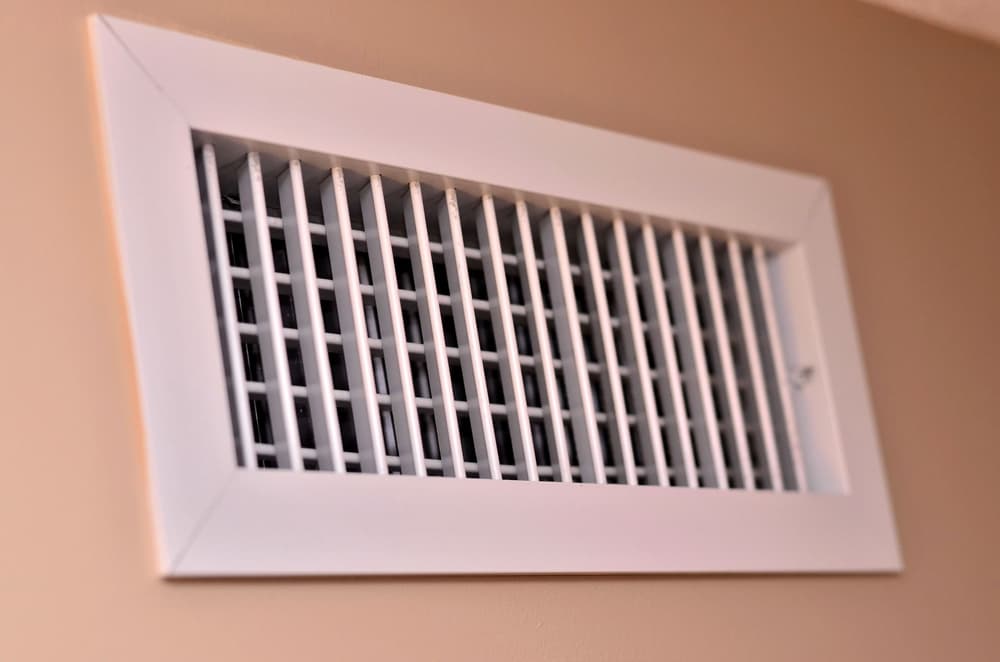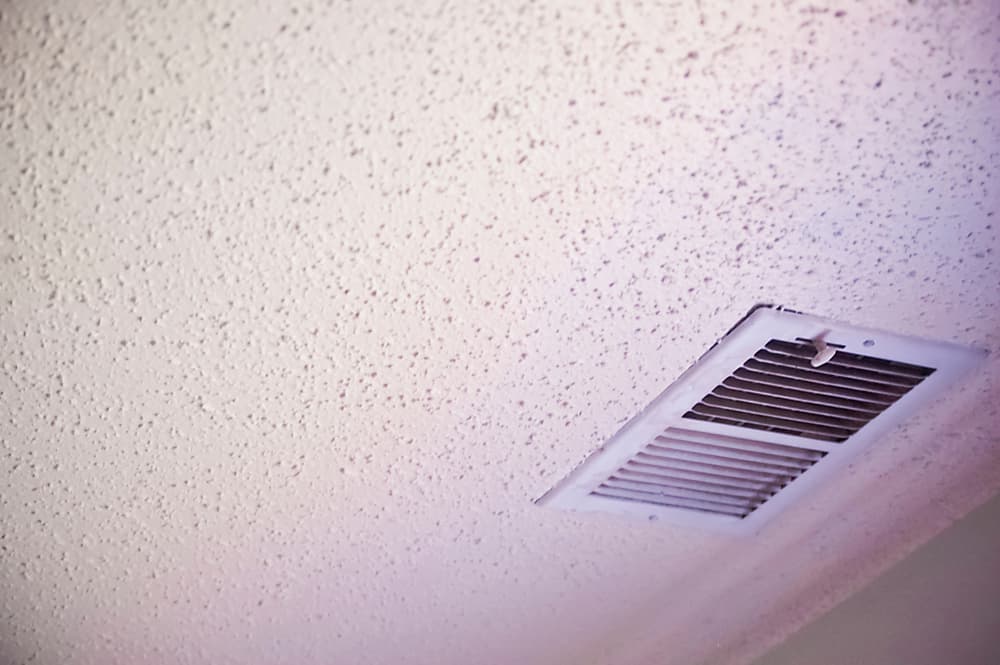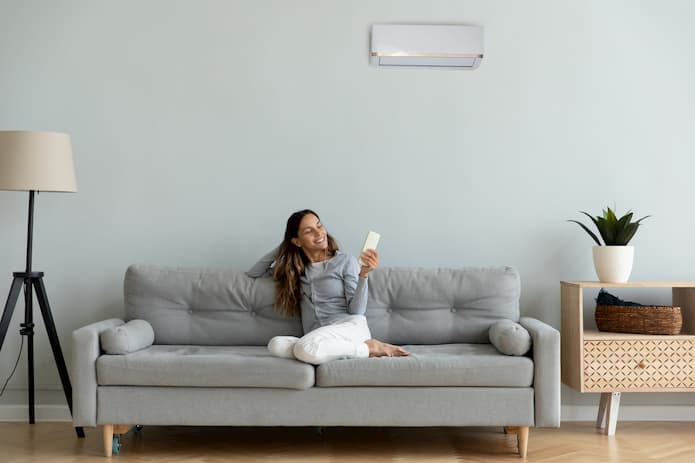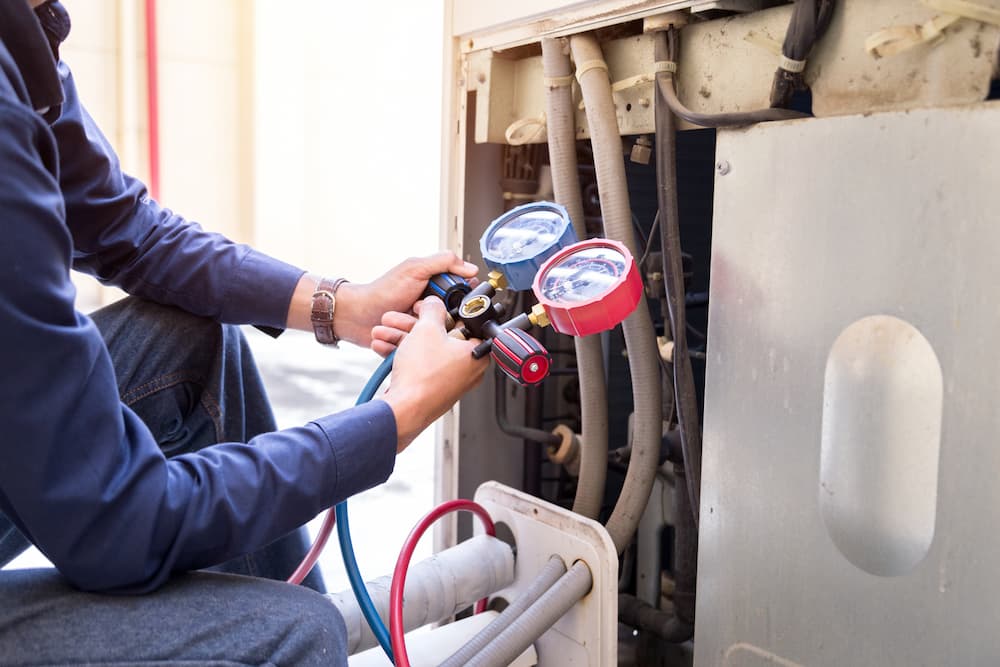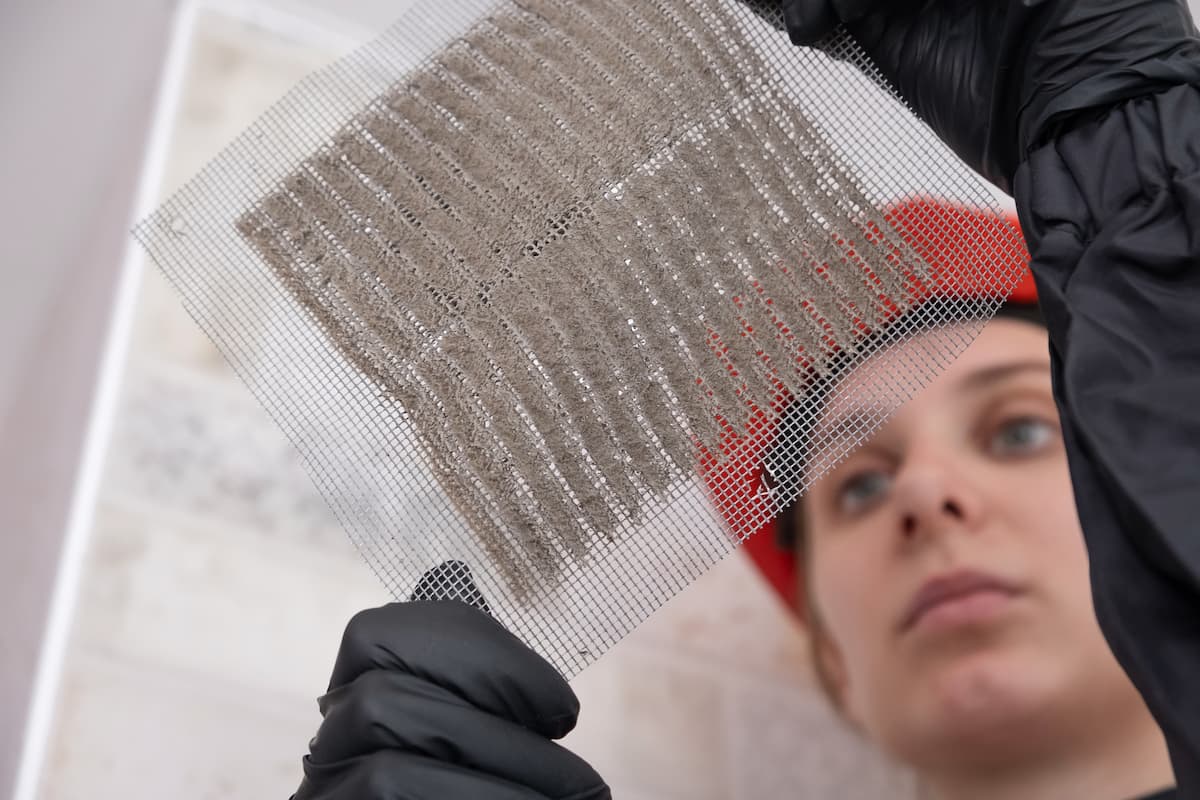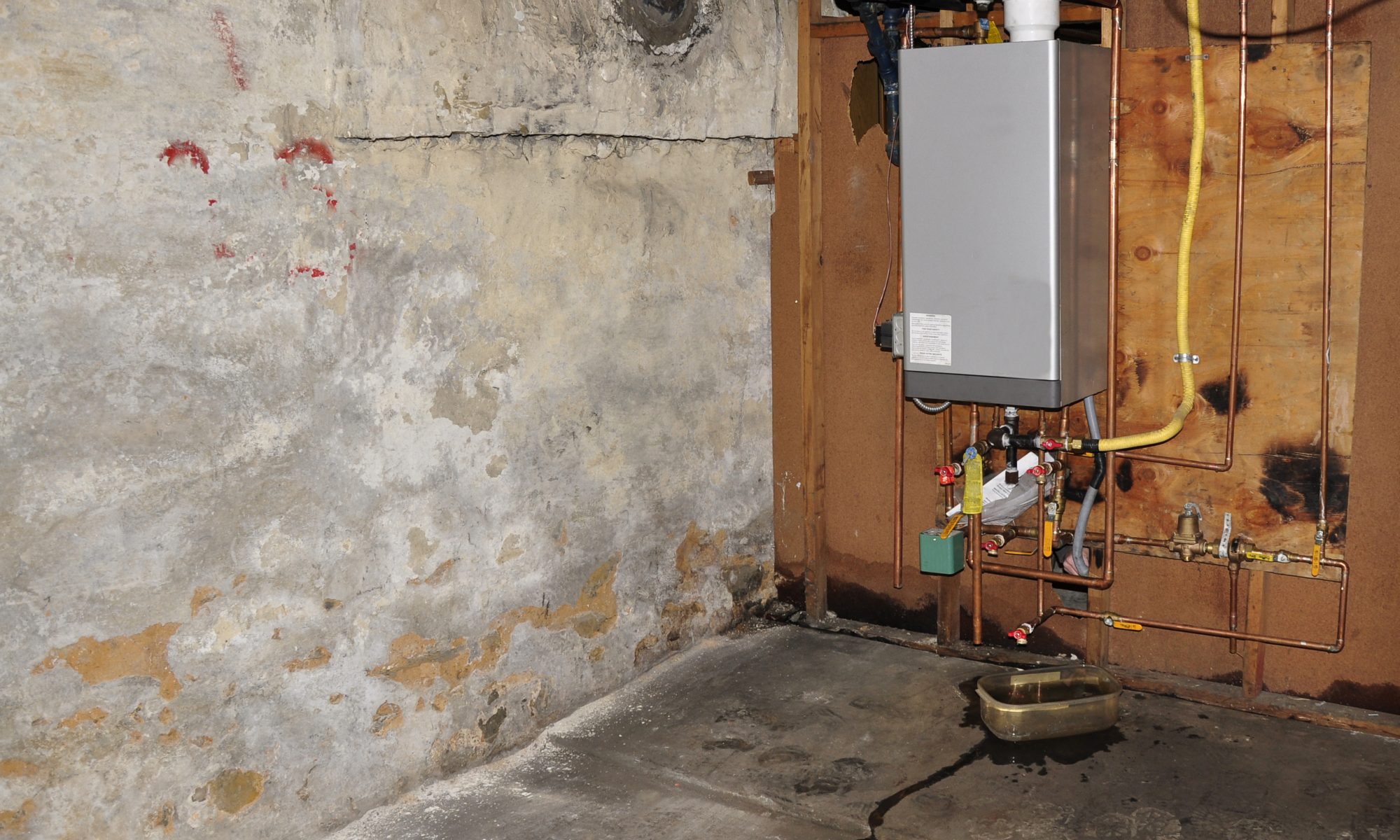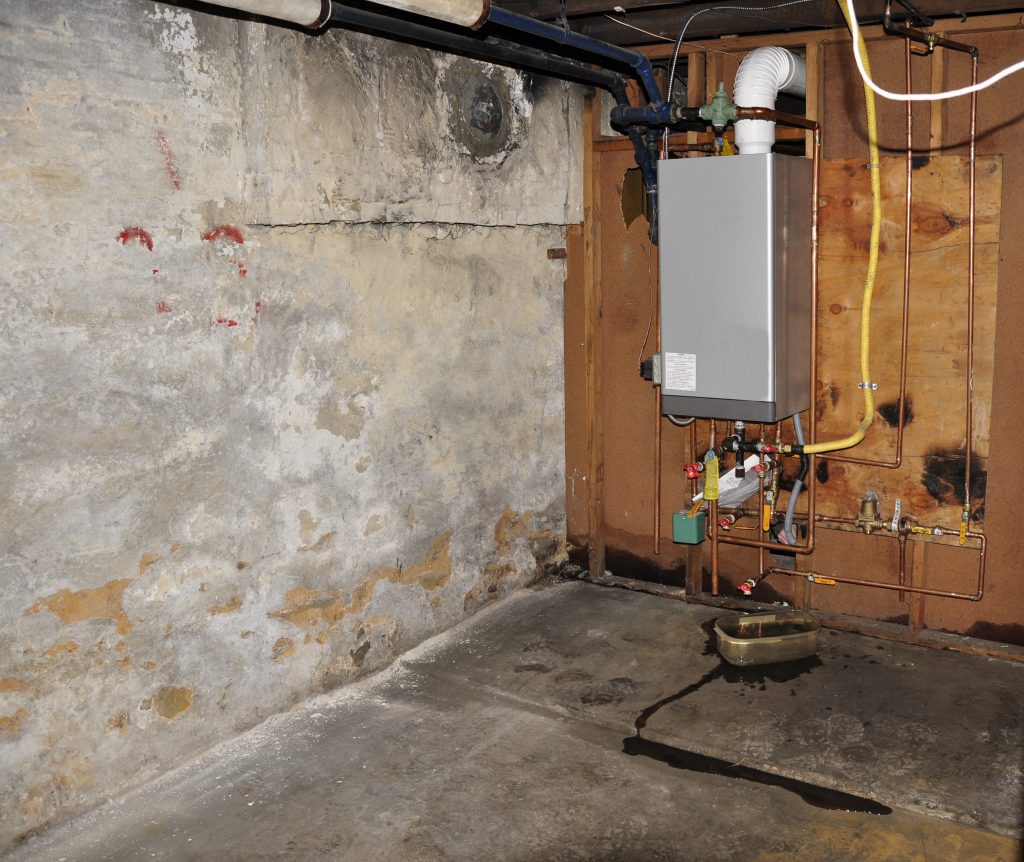Keeping your air conditioning unit in good condition is essential when you live in Arizona. The weather is hot most of the year, making your AC work overtime to keep your family at a comfortable temperature.
The last thing you want is for your air conditioner to work at less than optimal efficiency, which is why AC maintenance is crucial. If your AC is struggling, your power bill goes up. If your AC has a little problem, it can grind into a big problem over constant use.
Many Apache Junction homeowners schedule a regular AC tune-up to ensure their unit is ready to battle those hot months. However, those who put off their AC tune-up often worry about the cost. Read on to find out how much an AC tune-up costs.
What is an AC Tune-Up, and Why Do I Need It?
An AC tune-up is a full maintenance inspection, cleaning, and taking care of any repairs that might be lurking in the system. While this may sound like a small thing, air conditioners in Apache Junction homes are run constantly, which means that your AC unit sees significant wear and tear every year. Blower fans break, wiring may need replacing, and regular cleaning keeps your unit running at top efficiency.
An AC tune-up can catch problems early and ensure your AC keeps running reliably through the hottest days when you need it most, and tune-up can assure you that your AC is ready to shut down for the winter or fire up when it gets warm in the Spring.
How Often Should I Get My Air Conditioner a Tune-Up?
Most ACs should be inspected, cleaned, and maintained at least once every two to three years. However, if you suspect something is wrong with your AC, like unusual sounds, smells, behavior, or rising power bills, don’t hesitate to call and schedule an ac tune-up with our technicians.
AC Tune-Up Cost
The typical AC tune-up cost is anywhere between $75 and $200. The baseline price for your local AC provider usually depends on the hourly cost of labor for a basic inspection and cleaning. A technician will complete a cleaning and inspection no matter what is happening with your air conditioner unit. For example, replacement parts and repair time influence the rest of the cost if you need repairs.
What Factors Influence the Cost of an AC Service?
What influences the cost of an AC tune-up service? Since there are different types of air conditioners, each type has different requirements for proper operation. Let’s take a closer look at what might cause your AC tune-up cost to be higher or lower.
Air Conditioner Age
Older air conditioning units typically have more that require fixing since parts wear out over time. Aging materials and wear and tear over the years of use can influence the number of repairs or replacements you may need during an AC tune-up, especially if you’re only tuning up every few years.
The Climate in Your Area
In hot states like Arizona, Texas, New Mexico, and Florida (to name a few), our air conditioners are used most of the year. That means we are using our air conditioners for longer than people living in cooler climates. The more your AC runs, the more tune-ups your AC will need.
How You Treat Your HVAC System
Taking good care of your air conditioner by changing the filters, cleaning the ducts, and avoiding blocking the air vents can also reduce the cost of your regular tune-ups and help prolong its life. Calling for repairs promptly if you suspect something is wrong and scheduling tune-ups on time ensures that your AC stays in good condition and, therefore, can typically cost less with each AC tune-up.
The Size of Your Air Conditioner Unit
Larger air conditioning units may also take more time to maintain, naturally increasing the maintenance cost a little with each visit. Larger homes need very large central air conditioning units since there is more square footage to cool.
Professional & Affordable Air Conditioner Tune-Ups in Apache Junction
Does your Apache Junction home need its next AC tune-up? Superstition Cooling is dedicated to providing affordable, reliable AC services to the Phoenix East Valley area and will help you keep your AC tune-up costs as low and reasonable as possible. Contact us today to schedule your next AC inspection and tune-up.
Image Source: dotspencer / Shutterstock

